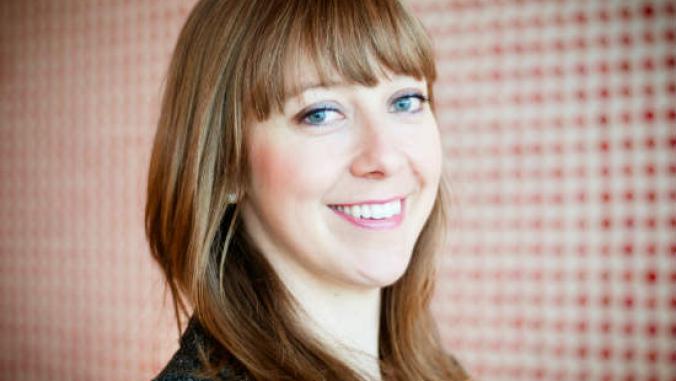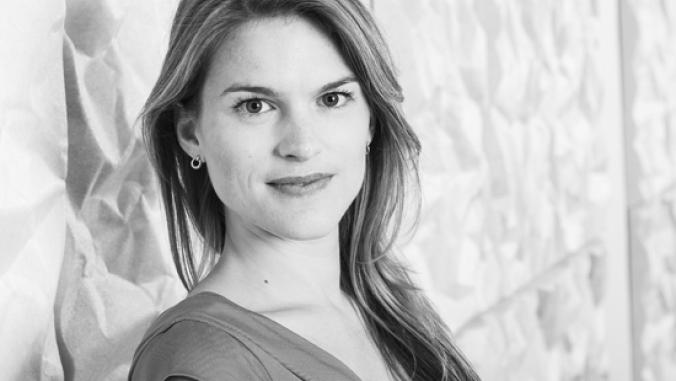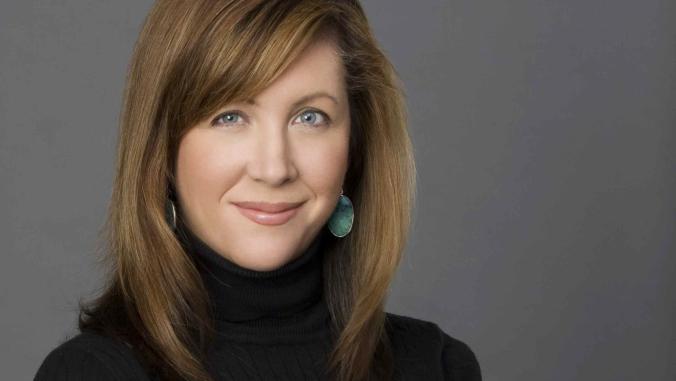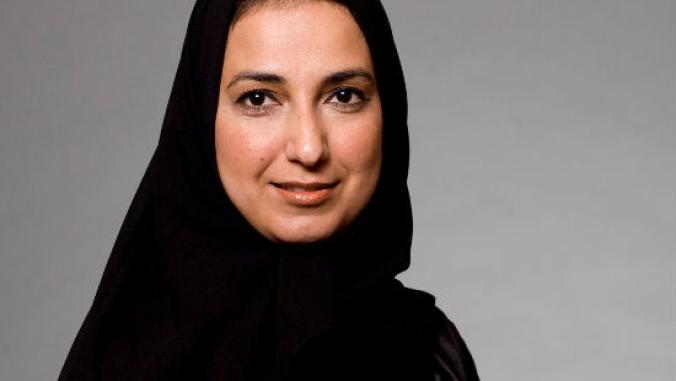From public defender to CSO: Kim Marotta, MillerCoors
<p>Chief Sustainability Officer Kim Marotta speaks about her path and the company's unique challenges it faces in a world of increasingly constrained resources. </p>
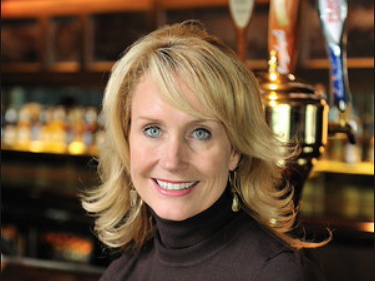
Editor's Note: How She Leads is a regular feature on GreenBiz spotlighting the career paths of women who have moved into influential roles in sustainable business. In this edition, Maya Albanese interviews Kim Marotta, the Director of Sustainability at MillerCoors.
MillerCoors is joint venture between UK-based SABMiller and US-based Molson Coors which comprises the second-largest beer company in the United States. Between the Miller and Coors Brewing Companies, the company has a combined 300 years of brewing experience that has survived Prohibition, the Great Depression and two world wars. The company operates eight breweries and covers 30 percent of the US beer market. It has a broad portfolio of brands across every major industry segment including Coors Light, Miller64, Leinenkugel's, Blue Moon and Miller Lite. Miller Lite established the American light beer category in 1975.
The joint venture is a leader in its industry for responsible social and environmental practices -- efforts which are highlighted its recently-released 2012 Sustainability Report. The report covers annual progress toward their 2015 sustainability goals "from the barley field to the delivery truck." The company has measured its performance in water efficiency by its water-to-beer ratio. Between 2010 and 2011, the amount of water used in the production of beer fell by 1 percent, according to the report.
The company has also committed to several external initiatives including the UN Global Compact, the Global Reporting Initiative, the Dow Jones Sustainability Index, and the Carbon Disclosure Project.
In today’s interview, Marotta speaks about the unique challenges that a large beer company faces in a world of increasingly constrained resources.
Maya Albanese (MA): What is your background and how did you move into your current role at MillerCoors?
Kim Marotta (KM): My background is not typical of a sustainability leader at a consumer products company. After receiving a business degree in marketing, I went into law school and then on to work for 13 years in criminal defense. I loved every aspect of it, but I found myself with four kids commuting everyday to Madison for work. So I started to look into jobs that were equally thought provoking and challenging. I had the fortune to meet a few people at MillerCoors who lead me to my interview for the position of Director of Corporate Social Responsibility. In that role, I oversaw our corporate community investment strategy and social responsibility programs.
MA: Going from being a lawyer to a sustainability director is a unique path. How did you arrive at your role at MillerCoors?
KM: When I interviewed, it was an interesting process. SAB Miller, one of our parent companies, was conducting psychometric assessments. If you were a candidate with high potential, you would take a five-hour test with a psychologist that measured your intellect and personality. It was a great way to look past career experience to find out people’s natural talents. As a public defense lawyer, I had been really involved in community-based events, advocacy and treatment programs, and non-profits. Lawyers also have to be constantly looking for solutions for your clients, so you get great experience in critical and strategic thinking. There is a lot you can bring from an adversarial setting like the courtroom to my current job. Although, I’m not sure I would be the top candidate they’d fill this position with now!
MA: Is there a reason or event that has made you passionate about social and environmental responsibility?
KM: Part of the reason I was attracted to being a public defender is a desire to make a real impact. I’d come home every day from practicing law and have an a-ha moment about how I’d impacted other peoples’ lives. Now, I have the support of a company like MillerCoors behind me, there is so much opportunity to make an impact.
MA: What are your main responsibilities in this role?
KM: We get to touch all levels of the business – from the barley farmers to the breweries to the retailer shelves. As the Director of Sustainability, I oversee three positions on my team: one that is a sustainability brand manager, one with sustainability reporting and policy, and the third that focuses on energy and water stewardship. Two of these positions have been open, and we just closed the interview process after hundreds of people applied. The caliber of candidates that walked in the door amazed and inspired me!
MA: Is there a specific department dedicated to sustainability?
KM: There are six people in the Sustainability department who cover five key areas of sustainability: Responsibility, Environmental Stewardship, Supply Chain, People & Communities, and Ethics & Transparency. Half of my team drives sustainability across the enterprise and the other three are focused on Responsibility, which covers programs that help prevent drunk driving, prevent underage access and promote responsible alcohol consumption. We really believe that every person in the company has a role to play, though. For example, if you’re working at the Trenton brewery, you’re already helping us reduce our water footprint. If you’re a sales person on the Walmart account, you’re working to adhere to their supplier Sustainability Index.
Photo of Kim Marotta courtesy of Kim Marotta.
MA: MillerCoors just released its 2012 Sustainability Report. What were the highlights?
KM: Three highlights to point out:
1) Water stewardship: Better management practices in water conservation have saved 125 million gallons of water on just one farm, a showcase barley farm in Idaho. We can do so much more in the agricultural supply chain than within our own four walls.
2) Zero waste: We reduce and reuse more than 99 percent of our waste. We have four breweries that are zero waste to landfill. From spent yeast to wastewater to packaging remnants, this is significant.
3) Responsibility: Our goal is to have 10 million participants get safe rides home, and in 2011, we’d already reached 5.5 million participants. People are planning ahead -- deciding to reserve a free ride in advance or sign up as a designated driver for events.
MA: “Great beer, great responsibility” is the second top-navigation link on your home page. Was there a turning point when MillerCoors started prioritizing this? Why?
KM: While it’s always been important for both businesses, the joint venture really kicked it off. Now it has become one of our top five priorities for the business. We’ve set our 2015 goals and effectively communicated what MillerCoors stands for. Before, we had many differing messages about sustainability and responsibility, so when we came together, we developed one key message, “Great Beer, Great Responsibility,” and it made it easier to unify and really embed the philosophy.
MA: What is the hullaballoo about water in particular – beyond the obvious water content in the beer, why does it require so much water to make it?
KM: It is the main ingredient in the beer, but it’s also essential in every aspect of production, from watering the barley plants to the brewing process. When we look at water stewardship, we look at it broadly, measuring from our office to the breweries to local watersheds. More than 90 percent of the water we use is actually in our agricultural supply chain.
MA: Has the terrible drought this year affected the urgency surrounding water issues for companies like yours?
KM: There has been attention on water stewardship for quite some time. We have three breweries that operate in water-stressed or water-scarce areas, so we’re building short and long term strategies to conserve the quality and quantity of water in those areas. For example, our Fort Worth brewery is located in a region that has been designated as water-stressed. The Fort Worth is in the Trinity River Basin, where it rarely rains. When it does, it comes down really hard and fast and runs right off the land. So we worked with our non-profit partners and landowners in Texas to implement water conservation practices, including planting native vegetation like prairie grass that helps the land absorb the rainwater. Last year, Gary and Sue Price (the landowners) withstood the worst drought they’ve ever seen because of the preparation they did through this project.
MA: A lot of companies are struggling to accurately measure their water footprint. How did you manage this gargantuan task?
KM: We used two great resources – the Beverage Industry Environmental Roundtable (BIER), which has all the major beverage companies in it and helped develop our method for water footprinting. Also, SABMiller worked in partnership with the World Wildlife Fund-UK to create water footprinting methodology, which was published in a report released in August 2009. They’ve continued to publish updates reports each year after
MA: Do you have sense of the change in MillerCoors’ overall water usage year-over-year?
KM: In our latest Sustainability Report, we’ve announced our progress on our 2015 goal to reduce our overall water usage to 3.5 barrels of water to produce one barrel of beer. This year, we’ve already seen some exciting milestones, including a 3.5 percent improvement in water usage this year over last year. However, the agricultural supply chain is really where the opportunity exists for us to improve more. We have been doing watershed mapping of the Northwest United States to understand the availability of water for our barley and hops farms.
MA: The Conservation Challenge section on your website urges customers to commit to conserve water in their personal lives. Why does this matter to MillerCoors?
KM: It’s about creating engagement and awareness. If you conserve more water in your personal life, you’re more likely to conserve at work and help spread awareness about the importance of water. A large company or government is not going to just come in and solves all the sustainability issues; it’s going to take each and everyone one of us as a collective.
MA: Do you think that sustainability is a concern of your consumer, or is it driven by competitive necessity in your industry?
KM: Sustainability is a really good thing for business. It is an opportunity for competitive advantage and to partner with our retailers who are demanding it. Airlines, hotels, and the stadiums and arenas that serve our products are also key partners on sustainability programs. Consumers are demanding it, particularly millennials, who deeply care about sustainability. For them, it has to be authentic, in the tone of our brand, and hit the concerns that are relevant to them in their daily lives. Over the years, we’ve seen sustainability become an expectation rather than something we’re doing that deserves a reward. It is the price of entry now.
MA: What NGO’s have you worked with that are helping accomplish the 2015 goals outline in the Sustainability Report?
KM: One of the partners we value the most is The Nature Conservancy and the work we’ve done with them at Silver Creek. We approached them about working with our barley farmers in Idaho, and they offered us a big picture solution that brought in expertise on their team and a PhD student who did research. They then linked in Idaho Power and developed great relationships with the local farmers. It was a collective approach to bring the right stakeholders to the table to make change happen.
MA: Do you have programs specific to promoting women’s equality in the supply chain?
KM: Within our supply chain, we are really focusing on working with women-owned and minority-owned businesses. In 2011, we committed 8.8 percent of our addressable spend just to women and minority-owned businesses.
MA: What would you say is the biggest challenge you face right now in your work?
KM: It’s one thing to put your own programs in place, but now we have to engage key external stakeholders to move onward – whether it’s the other water organizations, industry groups, non-profits or government agencies.
MA: What are you most proud of accomplishing in this role?
KM: I am most proud of having the opportunity to shape sustainability from the ground up here. When Miller and Coors came together, I started with a fresh new company, which allowed me to really focus on and craft the new strategy going forward.
MA: What advice would you give other young professionals who are interested in working on issues such as water and energy efficiency within the food and beverage industry?
KM: You can easily see that sustainability is growing career opportunity. Many of our recent interviewees had participated in top graduate programs specific to this field. It’s more competitive now, so you need to acquire expertise. If you don’t have the academic background, then just go get involved. Participate in green teams and join sustainability leadership councils.
You don’t just have to rely on the sustainability department [at your company] to make a difference. For example, we had one employee, Ryan Griffin, who was really interested in sustainability and asked people to give up their printers to reduce waste. He set up a fabulous program that provided incentives, documenting it with pictures, and measuring the amount of paper saved. People literally turned in hundreds of printers. He is the perfect example of a young professional who had a passion and then just went out to make things happen.


